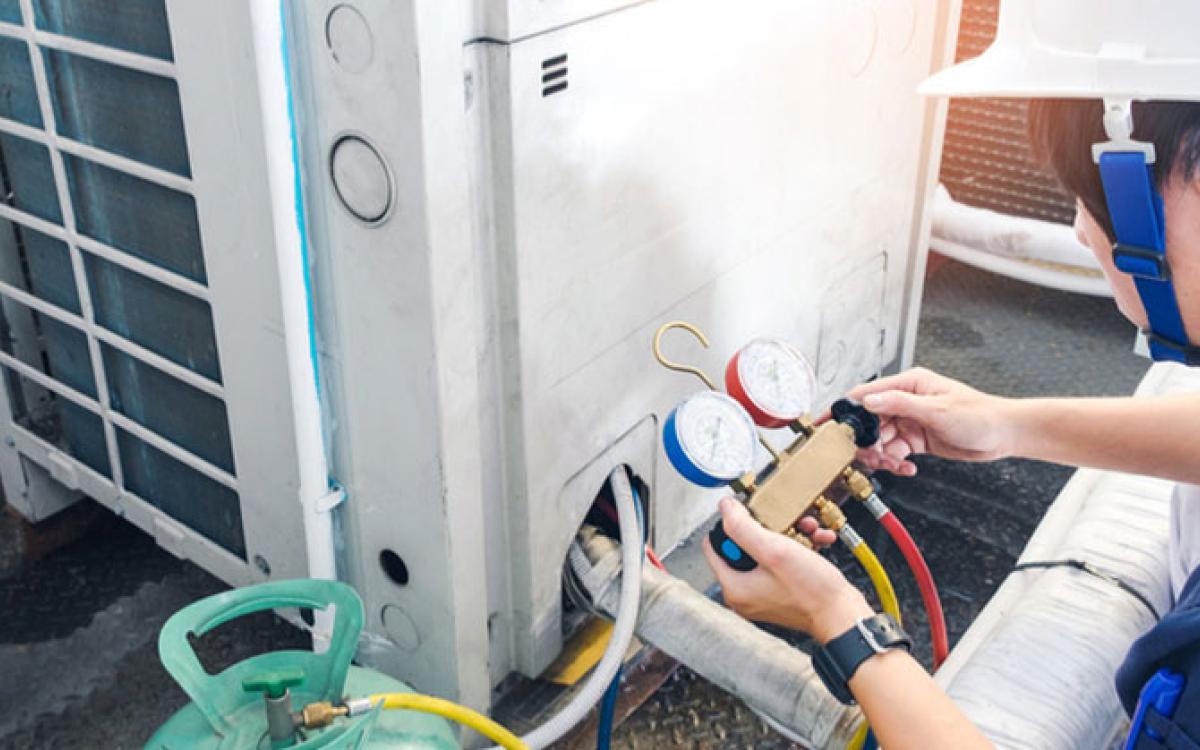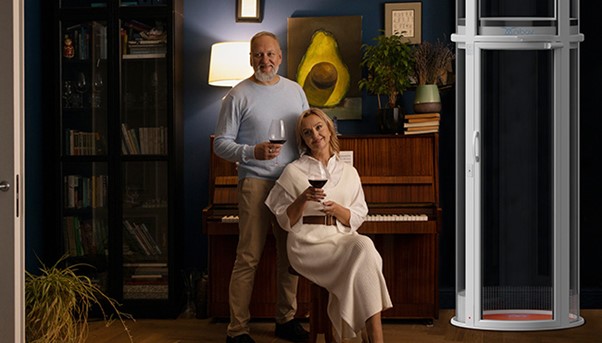Pressure testing is a critical procedure in various industries, including construction, plumbing, and air conditioning. In Singapore, where quality standards are stringent, pressure testing ensures the safety, reliability, and efficiency of systems and installations. Additionally, Variable Refrigerant Volume (VRV) systems have gained popularity in Singapore due to their energy efficiency and flexibility in air conditioning applications. In this guide, we will delve into the significance of pressure testing in Singapore, explore the intricacies of VRV systems, and discuss their applications and advantages in the local context.
Pressure Testing in Singapore
Importance of Pressure Testing
Pressure testing is conducted to verify the integrity of pipelines, plumbing systems, and other pressurized installations. In Singapore, where safety and quality standards are paramount, pressure testing is essential to ensure compliance with regulations and standards such as the Singapore Standard SS 636: 2018 – Code of Practice for Water Services and the Singapore Standard SS 552: 2018 – Code of Practice for Air-Conditioning and Mechanical Ventilation in Buildings.
Types of Pressure Tests
Hydrostatic Pressure Test: In this test, water is used to pressurize the system to a predetermined level, and the system is inspected for leaks or excessive pressure loss.
Pneumatic Pressure Test: Air or inert gases like nitrogen are used to pressurize the system, and pressure gauges are employed to measure any pressure drops, indicating potential leaks.VRV System Singapore
Pressure Testing Procedures
Preparation: Ensure that the system is clean, dry, and free from debris before conducting the test. Close all valves and fittings, and fill the system with the test medium (water or air).
Pressurization: Gradually increase the pressure to the specified test pressure, ensuring that it does not exceed the system’s maximum allowable working pressure (MAWP).
Monitoring: Monitor the pressure for the duration of the test, typically ranging from several minutes to several hours, depending on the requirements.
Inspection: Inspect the system for leaks, pressure drops, or any signs of distress. Repair any leaks or issues detected during the test.
Documentation: Document the test results, including the test pressure, duration, and any observations or findings. This documentation is essential for compliance and record-keeping purposes.
Compliance and Standards
In Singapore, pressure testing procedures and requirements are governed by various standards and regulations, including the PUB Water Regulations, BCA Guidelines, and relevant SS standards. Compliance with these standards ensures the safety, reliability, and quality of installations in Singapore.
Variable Refrigerant Volume (VRV) Systems in Singapore
Overview of VRV Systems
VRV systems, also known as Variable Refrigerant Flow (VRF) systems, are advanced air conditioning systems that offer precise control over cooling and heating operations. These systems utilize refrigerant as the cooling medium and feature multiple indoor units connected to a single outdoor unit via refrigerant piping.
Applications of VRV Systems in Singapore
Commercial Buildings: VRV systems are widely used in commercial buildings, including offices, hotels, and retail spaces, due to their energy efficiency, flexibility, and zoning capabilities.
Residential Buildings: In Singapore’s residential sector, VRV systems are increasingly being adopted in condominiums, apartments, and landed properties for their compact design, quiet operation, and individualized comfort control.
Mixed-Use Developments: VRV systems are well-suited for mixed-use developments that require versatile air conditioning solutions to accommodate diverse spaces and usage patterns.
Advantages of VRV Systems
Energy Efficiency: VRV systems utilize advanced inverter technology and variable-speed compressors to deliver precise cooling and heating while minimizing energy consumption.
Flexible Design: VRV systems offer flexible installation options, including piping lengths of up to several hundred meters and the ability to connect multiple indoor units to a single outdoor unit.
Individualized Control: VRV systems allow for individualized control of temperature and airflow in each zone or room, providing personalized comfort for occupants.
Quiet Operation: VRV systems feature quiet indoor units and outdoor units with low noise levels, making them suitable for noise-sensitive environments.
Integrated Controls: VRV systems can be integrated with building management systems (BMS) for centralized control, monitoring, and optimization of HVAC operations.
Considerations for VRV System Installation
Load Calculation: Proper load calculation is essential to determine the capacity and configuration of the VRV system based on the building’s cooling and heating requirements.
Piping Design: The design of refrigerant piping plays a crucial role in the performance and efficiency of Pressure Test Singapore, requiring careful consideration of layout, sizing, and insulation.
Commissioning and Testing: Proper commissioning and testing of VRV systems are necessary to ensure that they are installed and operated according to manufacturer specifications and industry best practices.
Maintenance and Servicing: Regular maintenance and servicing are essential to keep VRV systems operating efficiently and prolong their lifespan. This includes cleaning filters, checking refrigerant levels, and inspecting components for wear and tear.
Conclusion
Pressure testing and VRV systems play integral roles in the construction and HVAC industries in Singapore. Pressure testing ensures the safety and reliability of pressurized installations, while VRV systems offer energy-efficient and flexible air conditioning solutions for various applications. By understanding the importance of pressure testing and the advantages of VRV systems, stakeholders in Singapore can make informed decisions to ensure the quality, efficiency, and sustainability of their projects and buildings.







